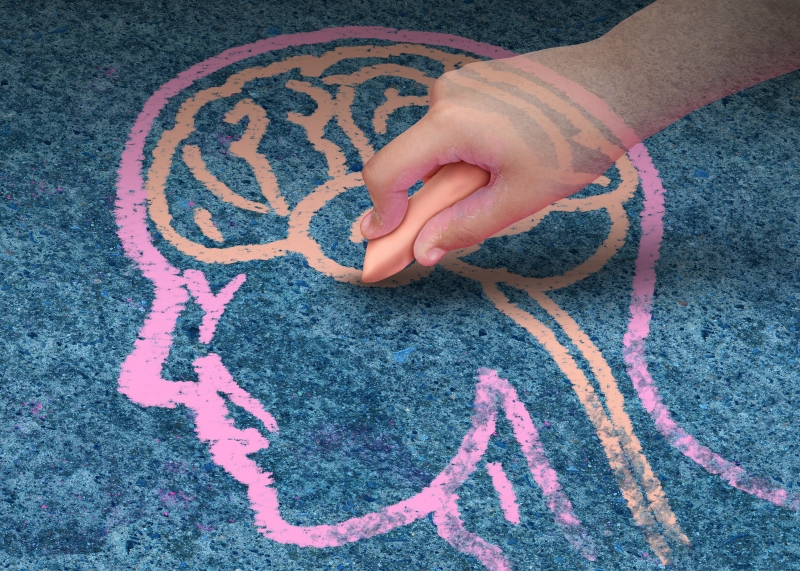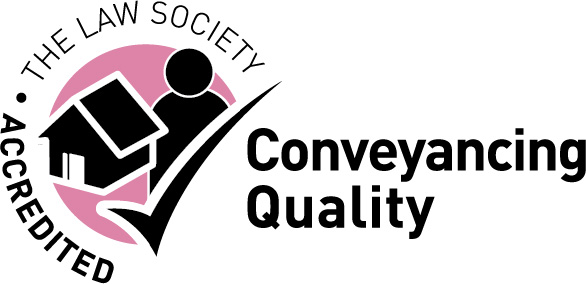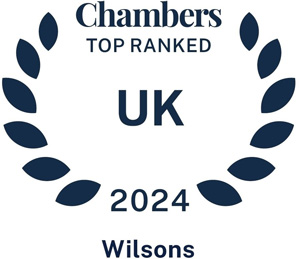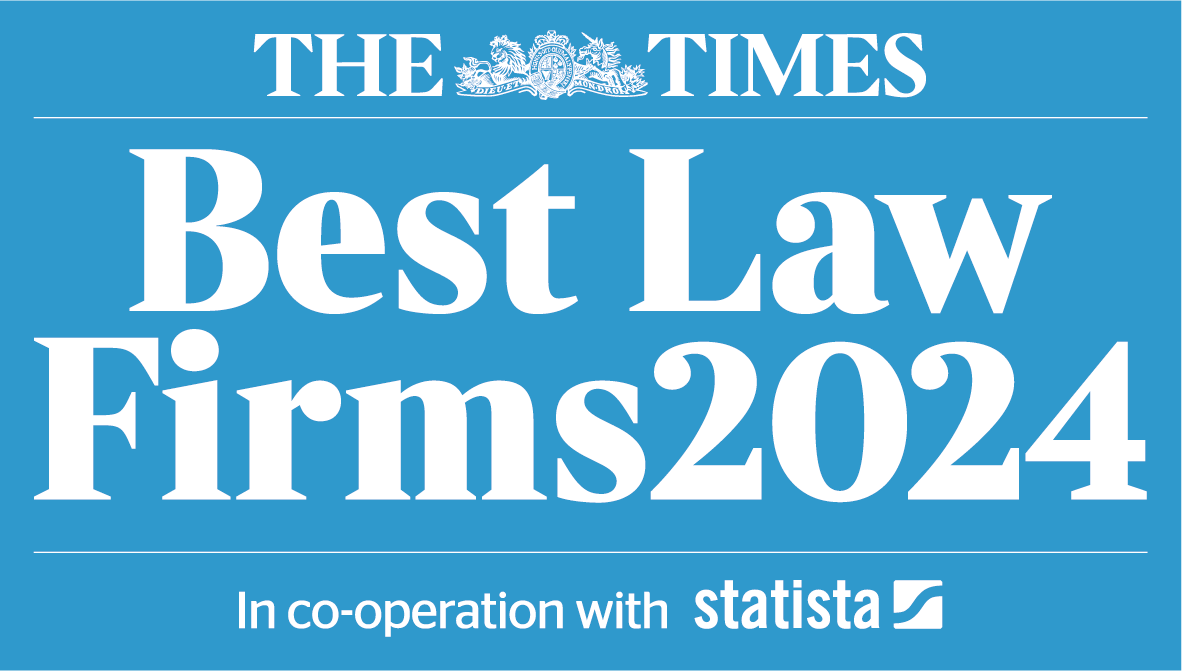Mental health and wellbeing in schools – a safeguarding perspective
19 August 2021

Mental health and wellbeing has been in the spotlight since the reopening of schools in March 2021 and there is now welcome commitment from the DfE and the Mental Health in Education Action Group to prioritise mental health in education recovery plans across England.
The new "Promoting and supporting mental health and wellbeing in schools and colleges" guidance (first published in June 2021)[1] suggests taking a coordinated and evidence-informed approach to mental health and wellbeing in schools to improve pupil resilience and emotional wellbeing, which can help with readiness to learn.
This Q & A style article is designed to guide school leaders through some topical issues, legal considerations, associated risks and relevant changes to the statutory safeguarding guidance as well as some thoughts on how schools can best equip themselves to improve pupil mental health and wellbeing.
Does mental health and wellbeing fall under the topic of safeguarding?
"Preventing impairment of children’s mental and physical health or development" is one of the four elements contained in the definition of safeguarding and promoting the welfare of children in the new KCSIE guidance (September 2021)[2].
In addition, "Having a mental health need" has been added to the list of early help factors that schools need to look out for and be alert to (para 19 KCSIE 2021). If staff have a mental health concern about a child that is also a safeguarding issue, then immediate action should be taken in line with your child protection policy.
What risks should schools be aware of?
Children and young people may be vulnerable to safeguarding risks from within their family or from individuals they come across in their day-to-day lives. The sorts of factors that schools need to be aware of are both internal and external to your organisation – all of which impact upon the mental health and wellbeing of pupils in the school's care.
During the pandemic the UK has seen an increase in domestic violence, online abuse, sexual abuse, harassment and/or exploitation. There has also been an increase in children being involved in court proceedings, witness protection and homelessness.
Unacceptable behaviour can be one of a number of indicators of an underlying issue. Talking about acceptable and unacceptable behaviour can help raise awareness of potential risks and reduce the number of allegations and incidents that occur.
Peer on peer abuse can be difficult to identify and deal with. It can take a number of forms, from bullying in person or online to physical or verbal abuse. However, it is crucial that schools are able to identify, manage and report any issues that arise in line with policies and procedures.
What did the recent Ofsted review conclude?
Ofsted published its review of sexual abuse in schools and colleges in June 2021 and found that sexual harassment, including online sexual abuse, has become normalised for children and young individuals in schools and colleges.
Inspectors visited 32 state and private schools and colleges and spoke to more than 900 children and young individuals, as well as leaders, teachers, parents and stakeholders.
As a result of the findings, Ofsted recommends that school and college leaders act on the assumption that sexual harassment is impacting their pupils, and take a whole-school approach to address the issues in creating a culture where sexual harassment is not tolerated.
The report highlights current gaps in the curriculum and support available to children and young people and includes recommendations for improvements, with support from the government through the Online Safety Bill, and other interventions[3].
How is 'harmful sexual behaviour' defined?
The definition of harmful sexual behaviour used by the DfE and Ofsted reads:
“Sexual behaviours expressed by children and young people under the age of 18 years old that are developmentally inappropriate, may be harmful towards self or others, or abusive towards another child, young person or adult.”
In legal terms, we tend to refer to the legal concept of sexual harassment, but the above definition would capture a range of behaviors, including: unwanted touching or violence; verbal harassment; online bullying or harassment via social media or video/phone cameras. This type of behaviour could also be criminal.
Which school policies and procedures are relevant?
If you are dealing with a case of unacceptable behaviour, particularly in relation to sexual abuse and harassment, then a number of school policies will be relevant. It is essential that the following documentation is clear and updated to reflect the current legislation and guidance:
- Child protection and safeguarding Policy – to include procedures for dealing with peer on peer abuse
- Pupil Behaviour and Discipline Policies
- Equality Policies
- The terms of the Parent/School Contract (for independent schools).
How do staff training requirements fit in to the picture?
Paragraph 13 of the new KCSIE 2021 guidance confirms what school staff need to know. All staff should be aware of the above mentioned systems which support safeguarding and these should be explained to them as part of a mandatory staff induction, which should also cover: the staff behaviour/code of conduct; the safeguarding response to children who go missing from education; and the role of the designated safeguarding lead.
All staff should have regular reviews of their own practice to ensure they have the knowledge, skills and expertise that they need to meet expectations. Furthermore, employers are responsible for ensuring that their staff are competent to carry out their responsibilities for safeguarding and promoting the welfare of children and creating an environment where staff feel able to raise concerns and feel supported in their safeguarding role.
Do we need to appoint a senior mental health lead?
The DfE recognises that introducing a whole-school approach will require strategic change and therefore considers this to be a leadership and management issue. The role of Senior Mental Health Lead (SMHL) is not mandatory, although if your school does choose to appoint one, they should be a member of or supported by the Senior Leadership Team.
Additional information on mental health resources (which includes links to materials and lesson plans to support secondary school teachers) has been added at paragraph 44 of KCSIE 2021.
What can be done to reduce risk?
It can be helpful to conduct an internal audit to identify the procedural and operational risks relating to safeguarding. There isn't a template that fits all in this regard, but you should be looking at all potential risks under the following headings: legal structure of your school; lines of responsibility; staff capacity and workload; the school site and any operational risks; safer recruitment of staff and volunteers; appropriate education, training and updates for all.
If each layer of your organisation is strong and connected to the next, then you will have a robust safeguarding structure. If there are weaker links or missing puzzle pieces then that is when the seriousness and likelihood of risk increases.
Information sharing is another crucial element of effective safeguarding. Since the introduction of the GDPR in 2016 and Data Protection Act 2018 there has been some confusion over whether and how to share safeguarding information both internally and externally. It is a myth that safeguarding 'trumps' data protection, as data protection and safeguarding work harmoniously. If you need to share information there is usually a justification and lawful basis for doing so under data protection law. This is a complex area and schools should seek professional input on policies as they are reviewed so that staff can be confident when they come to apply them in practice.
Vicky Wilson is a Senior Associate in the Education Team at Wilsons Solicitors LLP. Vicky can be contacted on vicky.wilson@wilsonsllp.com or 01722 427 756.



